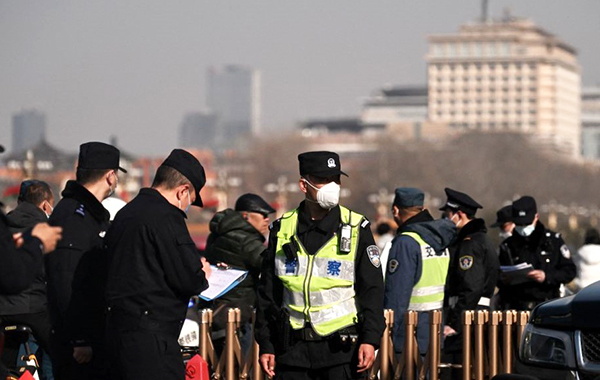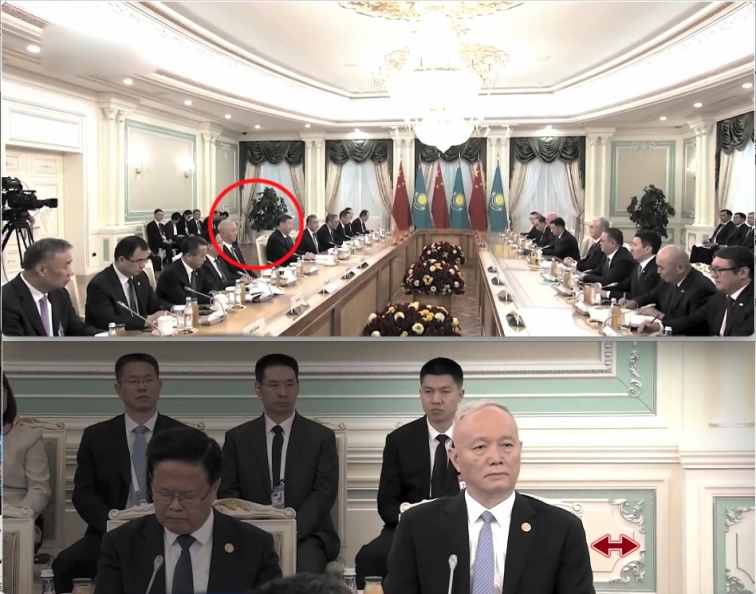Chikungunya fever is an acute infectious disease caused by the Chikungunya virus (CHIKV), transmitted through the bite of Aedes mosquitoes, commonly known as tiger mosquitoes. There is currently no specific cure or vaccine. (Internet image)
[People News] Chikungunya fever first appeared in Foshan, Guangdong, at the beginning of July, and by July 21, a total of 2,659 confirmed cases had been reported. This disease is caused by the Chikungunya virus (CHIKV) and is transmitted through Aedes mosquito bites. Currently, there is no specific treatment or vaccine available.
As reported by mainland media, the latest update from Foshan City, Guangdong Province, indicates that as of July 21, there have been 2,659 confirmed cases of Chikungunya fever, primarily concentrated in Shunde District. Previous reports noted that as of July 15, Shunde District had recorded a total of 478 confirmed cases.
Lecong Hospital in Shunde District is currently the hospital with the highest number of patients among designated treatment facilities, with over 400 patients receiving treatment for Chikungunya fever. The hospital has established a specialised ward for this disease, which differs from regular wards by incorporating numerous mosquito prevention measures, such as installing mosquito nets over all hospital beds.
Reports indicate that Foshan City has designated 53 hospitals as treatment facilities, initially preparing more than 3,600 mosquito-proof isolation beds, and is also prepared to expand capacity in the future. It is reported that all patients currently receiving treatment are mild cases, with no severe cases reported.
Lin Qun, the director of the Infectious Disease Department at Lecong Hospital in Shunde District, explained that the current discharge criteria are as follows: first, the patient must show significant improvement in symptoms or have completely recovered; second, the patient must have been hospitalised for more than 5 days. Additionally, a nucleic acid test must be performed, and if the result is negative and all criteria are met, the patient can be discharged.
On July 22, during a press conference in Geneva, Diana Alvarez, head of the WHO's vector-borne virus team, reported that 119 countries and regions have identified cases of chikungunya virus transmission. Approximately 5.5 million people are at risk of this mosquito-borne virus, and there is a potential for widespread outbreaks, which could strain health systems.
Chikungunya fever is an acute infectious disease caused by the chikungunya virus (CHIKV), which is transmitted by Aedes mosquitoes, commonly referred to as tiger mosquitoes. Currently, there is no specific treatment or vaccine available for this disease. △










News magazine bootstrap themes!
I like this themes, fast loading and look profesional
Thank you Carlos!
You're welcome!
Please support me with give positive rating!
Yes Sure!